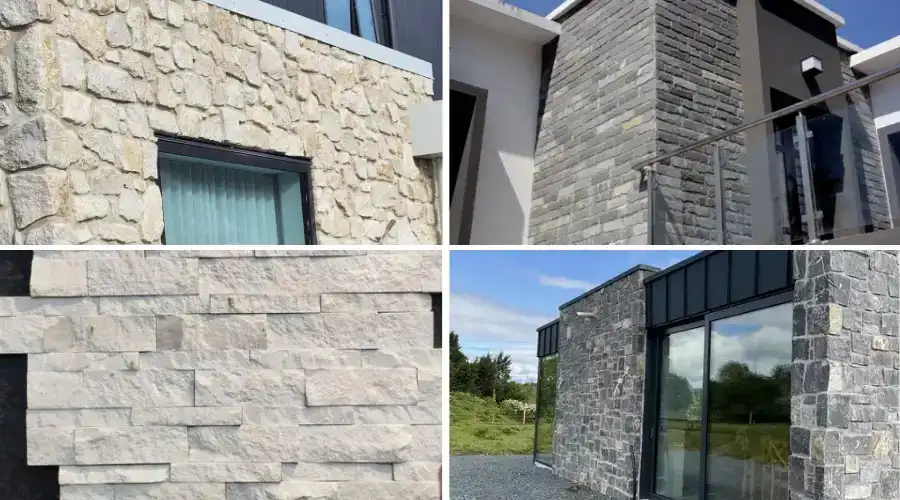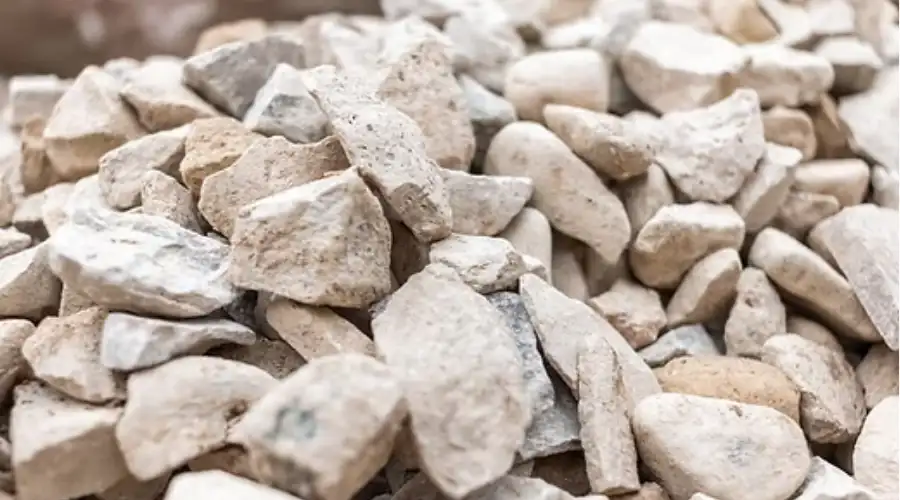Adding a touch of elegance to a space is trickier than building a structure. It might be a residential, commercial, or industrial application; creating a durable and visually striking ambience brings a positive approach. To be frank, people would like to add a class of beauty to the environment and make it the talk of the town.
You might be confused about choosing the right decorative path to create a lasting appeal with enhanced strength and durability. In that case, limestone cladding provides a straightforward solution.
This is one of the stunning stones that has been valued since the beginning of time. You can see most buildings are designed beautifully with limestone cladding in both interior and exterior spaces. If you are unaware of its key points, this is an article you need to read.
Why Limestone is Ideal for Cladding Applications
Limestone is a type of natural stone created from sedimentary rock, often found in oceanic and riverbed settings. It is a super-efficient building material suitable for decorating and protecting the interior and exterior surfaces of different buildings.
The primary reason to prefer this stone is that it offers ventilated faces to the constructions and has a low thermal conductivity value. Limestones not only add visual appeal to the buildings but also act as an insulator against exterior weather conditions. It is often seen in office buildings, public buildings, shopping malls, and homes.
Key Benefits of Limestone Cladding

Limestone cladding has become a popular and attractive choice for construction. You can use them efficiently for both interior and exterior applications with the following benefits.
Easy Maintenance
There’s no question that limestone cladding is a versatile and practical option for both residential and commercial applications. You can keep minimal maintenance and cleaning to keep its look long-lasting and durable. Unlike other materials, they don’t require frequent repairs and replacements.
Fire Resistance
Cladding possesses properties that contribute to improving overall building safety in numerous ways. As a natural and non-combustible resource, it is primarily composed of calcium carbonate, that doesn’t support the spread of flames. It can even sustain high temperatures and heat without causing cracks or fractures.
Unique Design
Decoration is all about how creative and unique it is. Being a designer or homeowner, your thinking should be supposed to be out-of-the-box. In that way, limestone cladding can provide you with several ways to add a touch of elegance and sophistication to any building. From traditional to modern architecture, anything can be styled and elevated as per your desired needs.
Applications of Limestone Cladding
Whether for residential or commercial purposes, limestone cladding proves to be a versatile and practical solution for various installations. Here are some common uses mentioned for your reference:
Building Facades: Limestone cladding is primarily valued for its protective and decorative purposes. Using this natural material, you can improve the elegance and durability of building exteriors. The style of the architecture can be totally transformed and made visually striking.
Interior Wall Cladding: With impressive feature walls, you can improve the overall ambience of your hallways, living rooms, and other interior spaces.
Entrance and Boundary Walls: Make your first impression more strong and memorable with limestone cladding. While installing in-home or office entrances and boundary walls, the look and sophistication will be improved to the next level. There’s no question that the retail value will grow by two times in the future.
Landscaping: When it comes to outdoor landscaping Planning, your perspective should be wide and futuristic. So, create a natural and pleasant outdoor atmosphere with limestone cladding.
Step-by-Step Installation Process of Limestone Cladding

Step 1: Prepare the Surface
Make sure the surface intended for limestone cladding is thoroughly cleaned, completely dry, and devoid of any dust, oil, or loose particles.
For existing walls, additional surface preparation like wire brushing or sandblasting may be required to improve adhesion.
Step 2: Install a Moisture Barrier
Apply a moisture barrier (such as a waterproof membrane) over the surface.
This step is crucial to prevent water damage, mold growth, or structural weakening due to moisture penetration.
Step 3: Plan the Layout
Before starting the installation, lay out the limestone pieces on the ground to visualize the pattern.
This ensures uniform color application, consistent texture, and a visually appealing finish.
Step 4: Cut the Limestone
Cut the limestone pieces to fit around edges, corners, windows, or any uneven areas using a wet saw or angle grinder.
Accurate cutting ensures a precise and seamless fit.
Step 5: Apply Mortar
Spread a suitable mortar or adhesive evenly on the back of each limestone piece or on the wall using a notched trowel.
Press the stone firmly against the wall for proper bonding.
Step 6: Install the Cladding
Start placing the limestone from the bottom of the wall and work your way upward.
Use spacers if needed to maintain consistent gaps between stones.
Step 7: Grout the Joints
Once the mortar has completely dried and set, apply grout to fill the joints between the limestone pieces.
Use a grout bag or pointing tool and wipe off excess grout with a damp sponge.
Step 8: Final Clean and Seal (Optional)
After the grout has dried, clean the surface and apply a stone sealer to enhance durability and protect the cladding from stains and moisture.
Maintenance Tips for Limestone Cladding
Following the manufacturer’s instructions is crucial to maintaining its look and finish over the years. Herewith some general tips provided that must be followed:
- All you need to do is regular cleaning with a soft cloth or brush. If it’s been installed in an outdoor environment, you can rinse it with a mild detergent to remove dust or grime.
- Must avoid using the abrasive or harsh chemicals that might spoil the shine of the surface.
- After cleaning, wipe the surface with a dry cloth to prevent water spots or droplets.
- Clean the spills immediately to avoid spreading them everywhere.
- Check for repairs or damages often to replace them immediately.
Last Few Words
Limestone cladding is a prior option of many for both indoor and outdoor areas. This is a great option for building a visually appealing and durable space at an affordable cost. In this article, you will be explained everything in detail about its significance, installation process, and maintenance tips. Hopefully, this gives you the insights needed to make thoughtful and informed decisions during the construction phase.

